One year ago today, Hamas launched a surprise combined arms attack on Israel proper from its Gaza Strip territory, deploying thousands of rockets and hundreds of combatants, dismounted and mounted on motorized parafoils, killed 1,200 Israelis, and kidnapped another 250.
Given the wave of anti-Jewish attacks, violent and non-violent, since the Oct. 7 attacks, The Wall Street Journal Opinion Page chose today to launch its new documentary series, WSJ Opinion Docs, with the 23-minute piece by Palladium Pictures, “‘Get the Jew’: The Crown Heights Riot Revisited."
The film is a fascinating tick-tock of the four days in Brooklyn’s Crown Heights neighborhood when local black residents rampaged against an enclave of Orthodox Jews without interference from the police nor New York City Mayor David Dinkins.
In the chaos of the crisis, Australian doctoral student Yankel Rosenbaum, walking on the sidewalk, was set upon by nearly two dozen black men. Someone was shouting: “Let’s go get the Jew!” In the melee, Charles Price and Lemrick Nelson Jr. fractured the student’s skull and stabbed him multiple times.
Joining Dinkins in the 1991 news reports are a thinner and better-coiffed Rudolph W.L. Giuliani and a heavier and phenomenally better-coiffed Rev. Al Sharpton, as well as then-deputy NYPD Chief Raymond W. Kelly, the cast of thousands of angry black Crown Heights residents, and the mounted NYPD officers who brought the riots to a close.
“We are pleased to offer our journalism in a new form,” said Paul Gigot, The WSJ editorial page editor.
“The principals of Palladium Pictures have built their reputation by being willing to take on stories that others haven’t, and they’ve done it with exemplary craftsmanship and integrity. They are the ideal collaborators for this new venture.”
Palladium is run by President and CEO Michael Pack and Executive Producer Gina Cappo.
Four nights in Crown Heights
Crown Heights had been a predominately Jewish neighborhood, but after the Second World War, it experienced similar demographic changes seen in other New York City neighborhoods. While other Jewish communities moved out, the Orthodox sect, Chabad, led by Rebbe Menachem Mendel Schneerson, at the direction of its leader, stayed put—convinced they could get along and prosper with the new residents.
The Crown Heights riots, which foreshadowed the attacks on and abandonment of the Los Angeles Koreans in the next year’s Rodney King riots, began Aug. 19, 1991, with an accident and a calamity.
As Schneerson’s three-car motorcade traveled through the neighborhood returning from the rabbi's regular visit to his wife's grave, the third car, a Mercury Marquis station wagon with Chabad staff, ran through an intersection, crossing Utica Avenue to keep up with the rabbi’s car and his police escort.
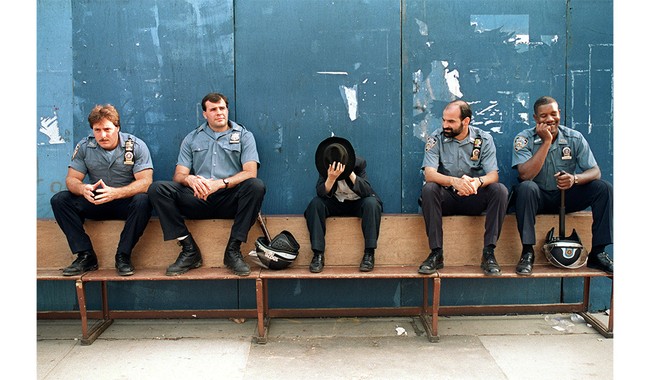
Tragically, the station wagon hit two 7-year-old cousins, born to Guyanese immigrants. The boy died, and the girl was seriously injured.
When a volunteer ambulance operated by the Chabad showed up at the scene, a police officer waved them away before the gathering mob could kill them.
Former NYPD officer Mark Hoppe, one of the first officers to respond to the accident, said another officer, Nona Capace, sent the ambulance away, which was a mistake that triggered Price, but it did save the lives of the ambulance team.
Price was a street hustler and drug addict who stepped forward to address the crowd of gawkers. He said the Jews get away with everything.
Having ramped up the crowd, Price announced: "I'm going to the Jew neighborhood — who's coming with me?"
Soon, he led his mob to attack Rosenbaum, and Lemrick in the mob had a knife.
To his credit, present-day Sharpton submitted to questions, which he deflected.
In the 1991 news reports, Sharpton was quoted saying he and his mob would track down the station wagon driver if he did not turn himself, which is the definition of a lynch mob.
Now, the minister told the documentary team he was not associated with the antisemitism that defined his marches and rallies:
“There was some antisemitic chants going on. There was some hatred going on, and I think there were those that exploited what happened and came in that may not have even been from Crown Heights,” the MSNBC host and pundit said.
Hear Rev. Al Sharpton explain away how the mobs he led chanted anti-Semitic slogans in this clip from the new @WSJ Opinion Docs film "'Get the Jew’: The Crown Heights Riot Revisited' released today. pic.twitter.com/czmgMA1XCx
— ReporterMcCabe (@ReporterMcCabe) October 7, 2024
Former New York Times reporter Ari Goldman covered the riots for his paper, and he told the filmmakers his paper of record got the story wrong.
“I heard the people shouting ‘Heil Hitler’ and ‘Hitler didn’t do the job,’" the Timesman said.
Goldman said his paper was portraying Crown Heights as a clash between two peer communities, with Jews-and-blacks-clash headlines, as if both sides were at fault.
“I called my editor, and I said: ‘We’re getting this story wrong,’” he said. “You’re in the newsroom; I’m in the street. I see what’s happening. We have to change this story.”
Giuliani was not included in the film, but in 1989, coming off his stint in the Reagan Justice Department, he lost the mayoral race to Dinkins. Two years later, he was in full-on campaign mode, meeting with the Jews under attack and rallying the city’s conservative neighborhoods to support them.
In 1993, he was elected to his epic tenure as mayor.
On the third day, Dinkins finally came to Crown Heights to calm things down, but when the mob turned on the mayor, and he had to escape their wrath, suddenly, the upspoken standdown orders to the police were lifted.
Day 4, the mounted police arrived, and hundreds of troublemakers were rounded up and taken away.
Hear former @nytimes reporter Ari Goldman & Rabbi Shea Hecht, the National Committee for the Furtherance of Jewish Education chairman, discuss the 1991 Crown Heights riots. Credit: @WSJ Opinion Docs film "'Get the Jew’: The Crown Heights Riot Revisited' released today. pic.twitter.com/XanCu8LwUp
— ReporterMcCabe (@ReporterMcCabe) October 7, 2024
The temptation is to look back at the Crown Heights riots with the marches and chanting, vandalism and violence, and categorize it all as a freaky time long ago, and yet, it was not.
Rather, it was just part of the Jew-hate continuum that flares up when you least expect it, such as the current situation.
Israel and Jews were attacked one year ago by Hamas, and yes, the majority of Americans united behind Israel and the Jews, but somehow, we got another Jew-hate flareup—this time centered around the most wealthy and elite segments of our society—particularly in higher education.
These people, our betters, if you will, think Hamas should be allowed to finish the job of driving the Israelis into the sea, and they will do what they can here in the U.S.
Lord have mercy.
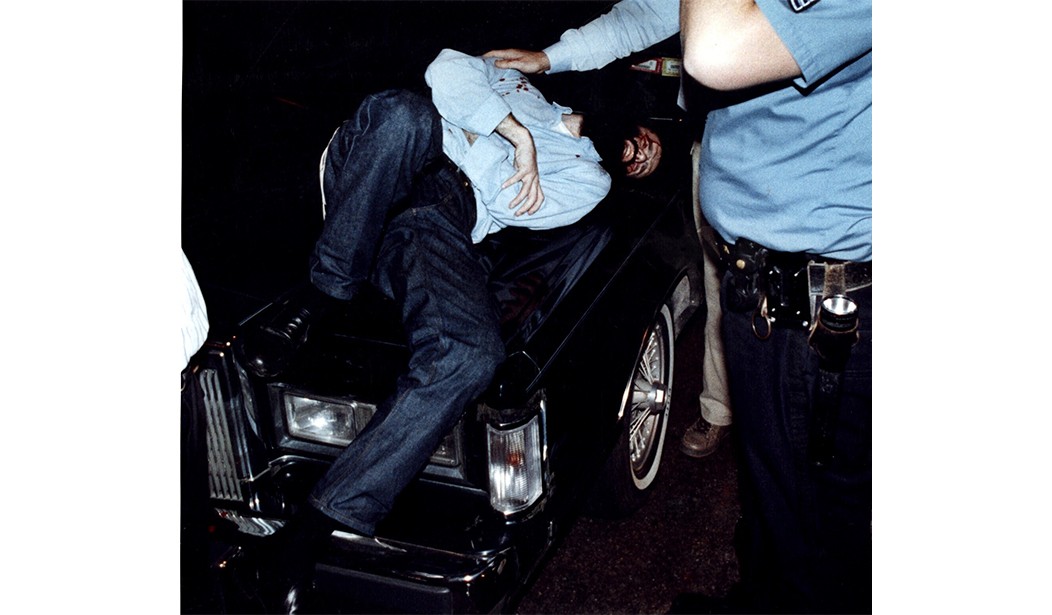
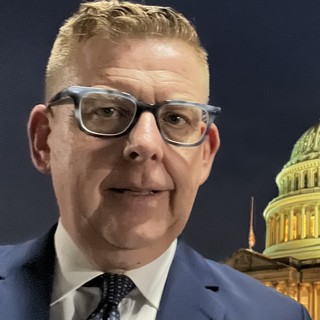






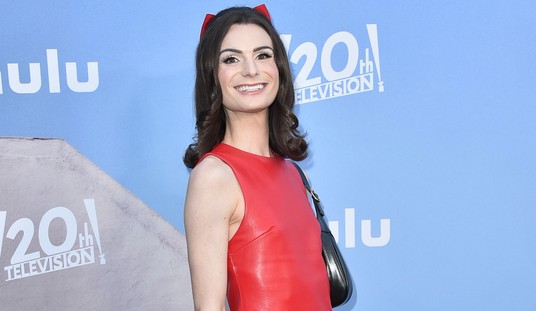

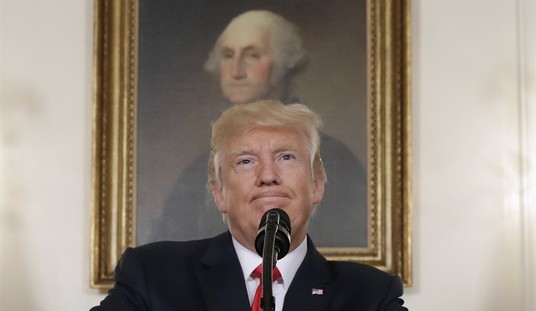


Join the conversation as a VIP Member